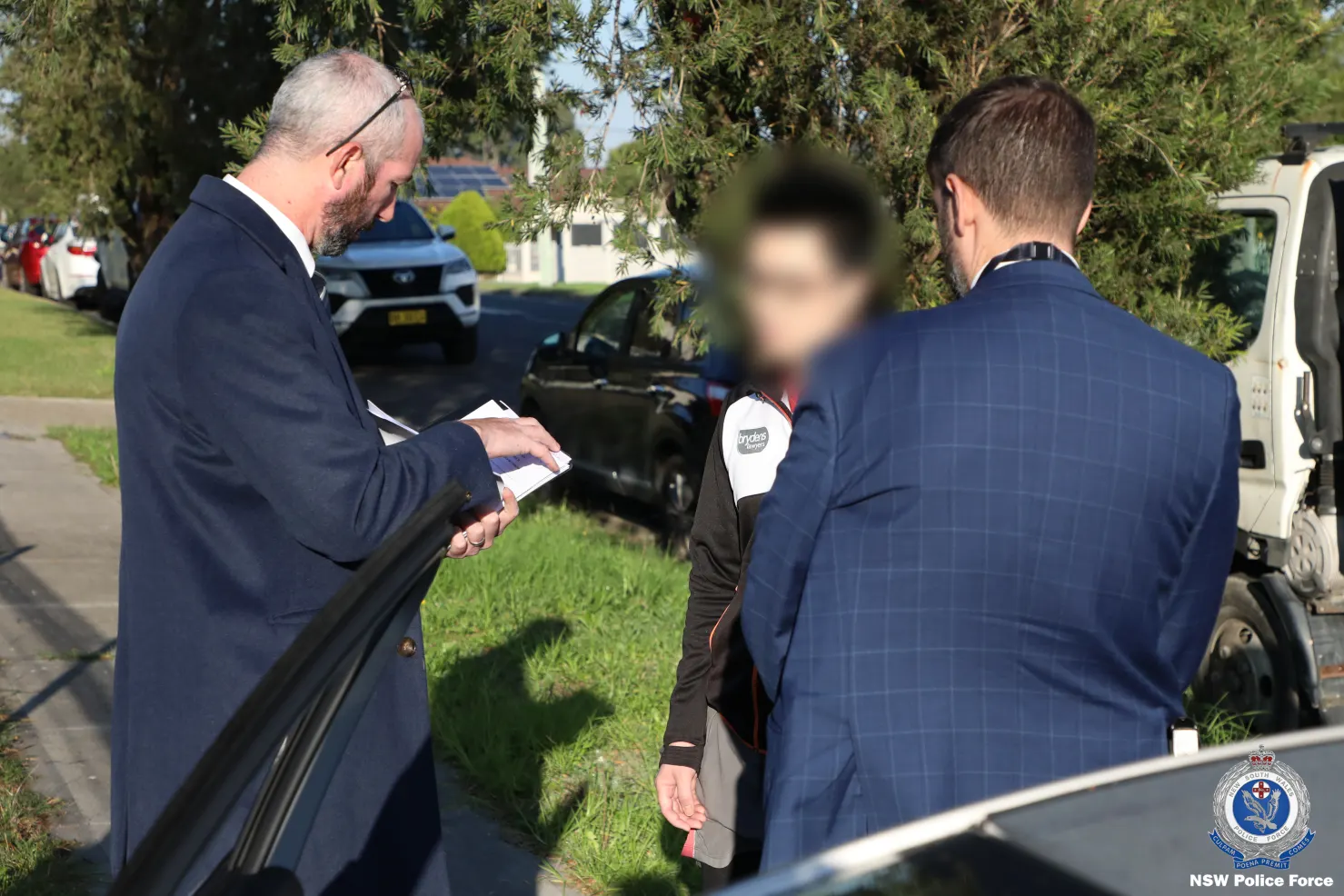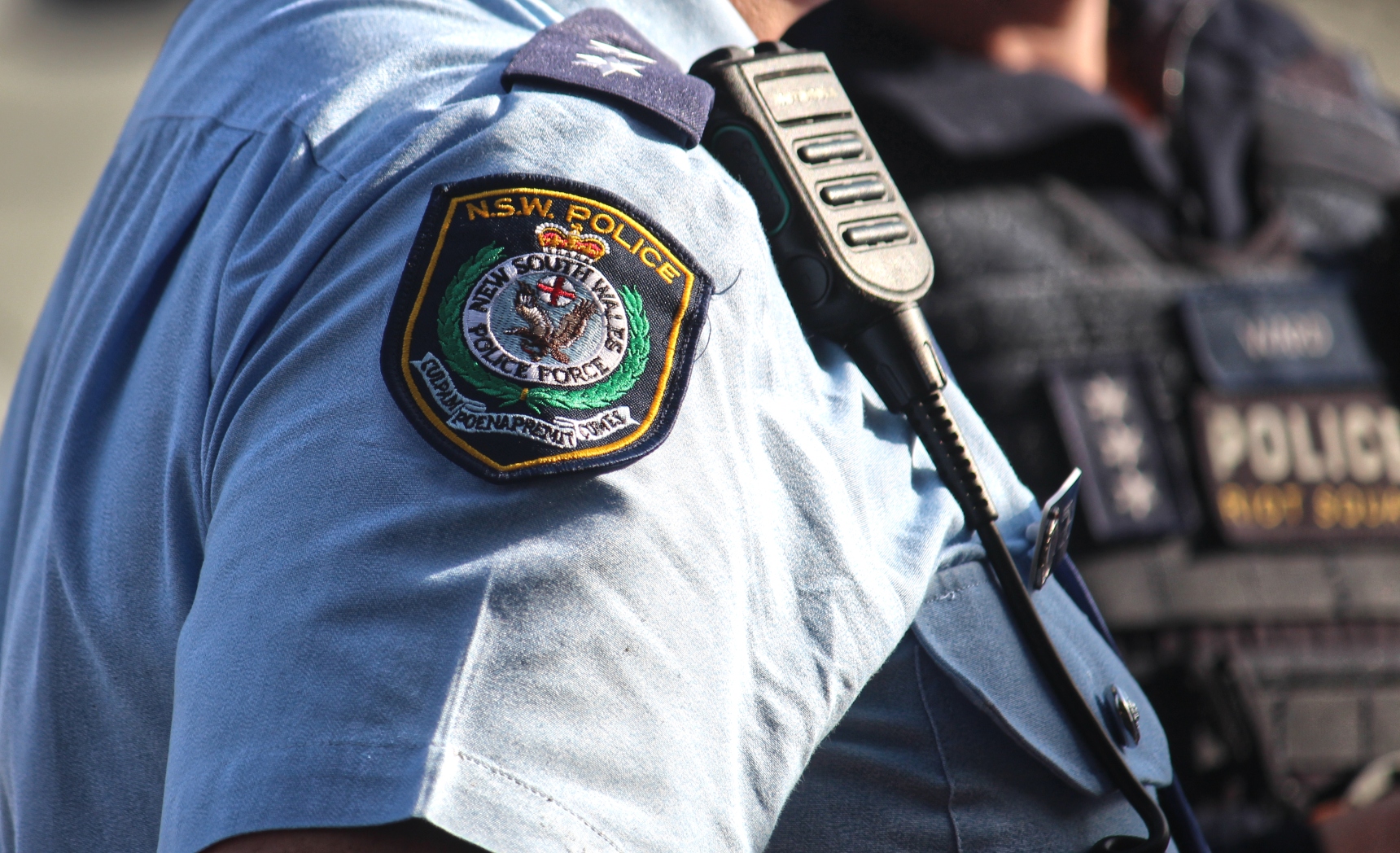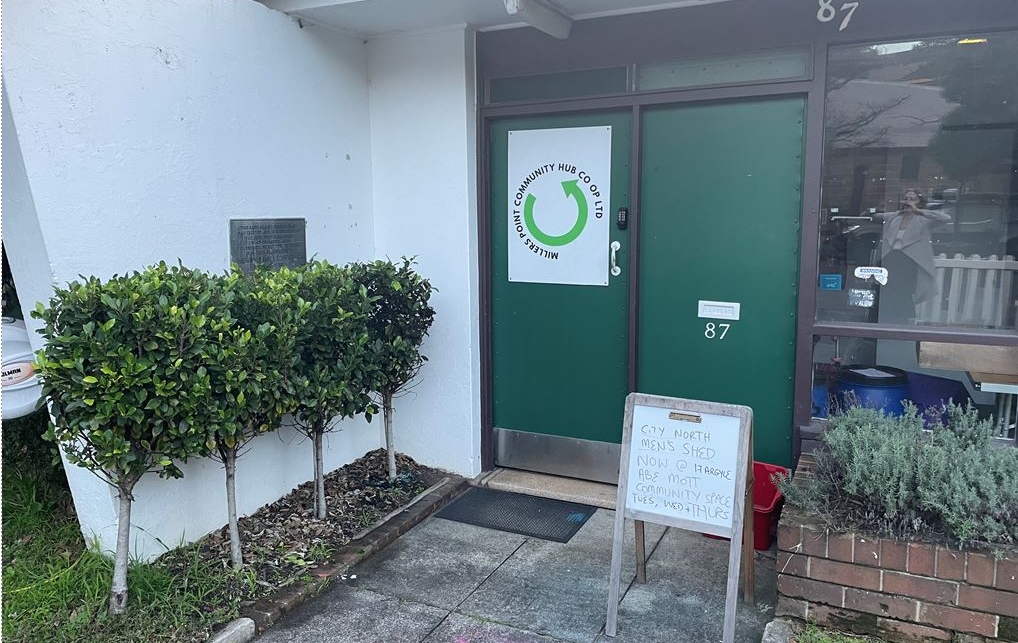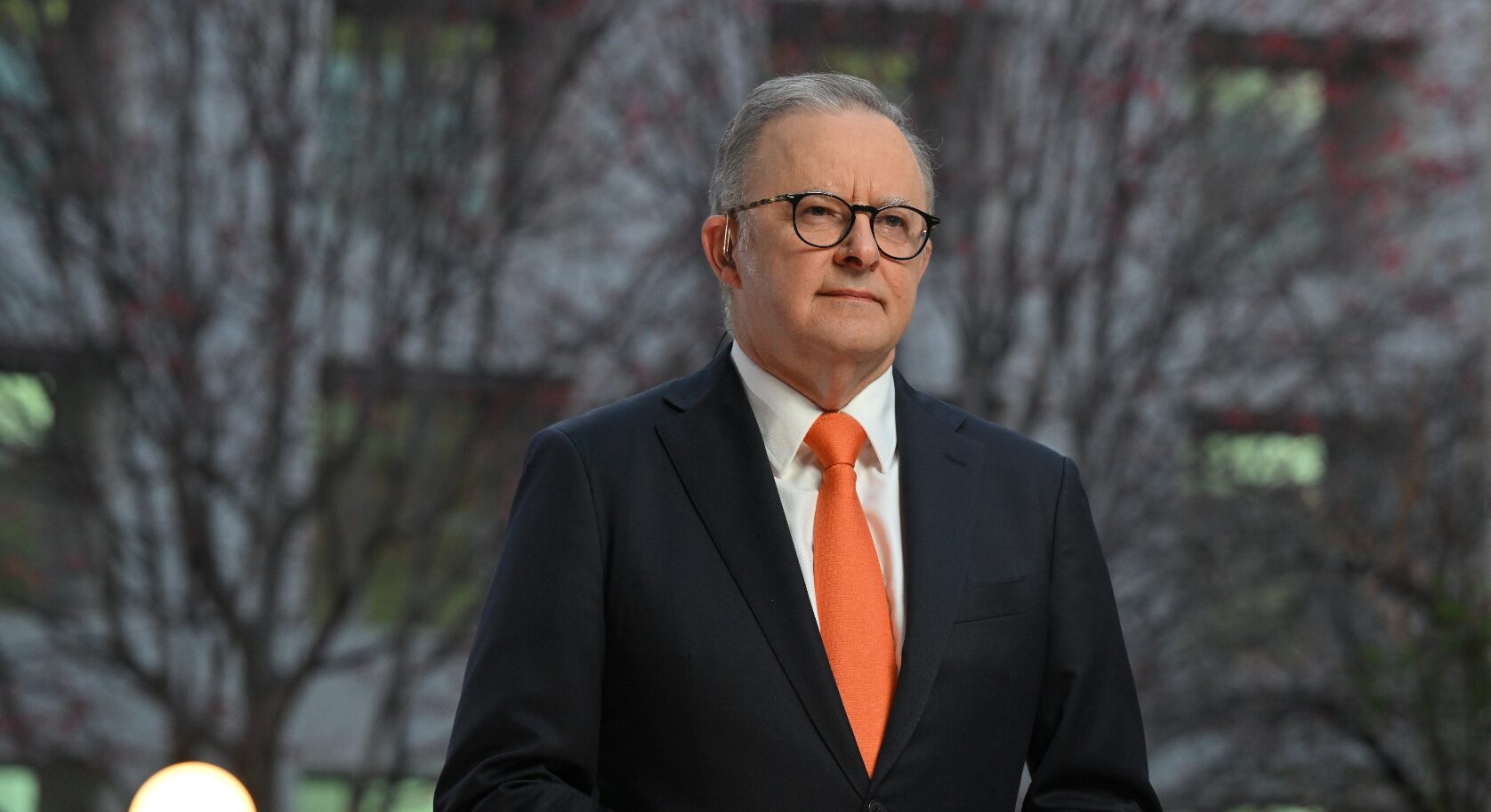
“The worst is yet to come”: fears from NSW emergency health services following record high demands
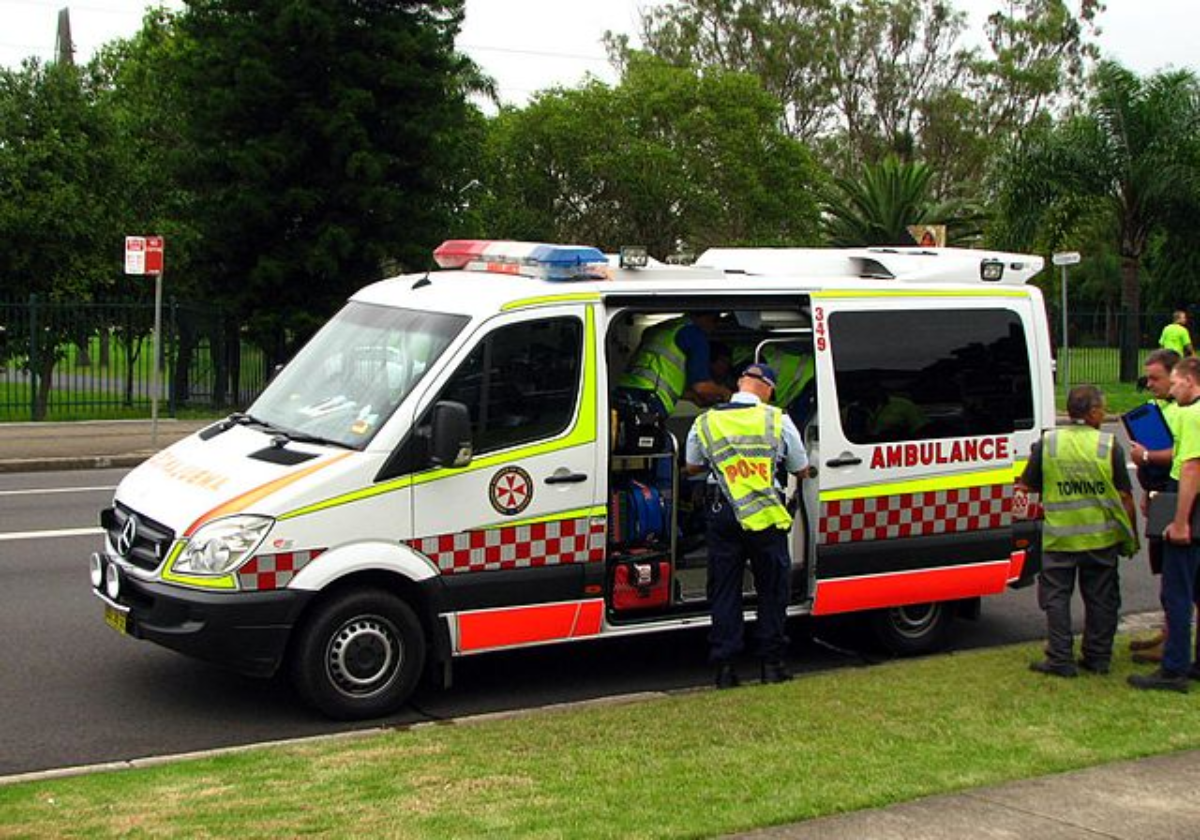
Image: NSW Ambulance. Image: Wikimedia Commons
By JUSTIN COOPER
The recent Healthcare Quarterly Review from the Bureau of Health Information (BHI) has reported gradual increased demands for paramedics and emergency departments in NSW.
Released on the 7th of June, the Quarterly review highlighted the increased demand and pressure of the public health system between January and March this year.
During this period the BHI reported 347,720 ambulance responses which is the highest number seen from any quarter since recording started in 2010.
Response times for respective priority responses have improved since last year with 44.1% of P1 patients (emergency responses under lights and sirens) being reached in under 15 minutes, however the percentage of responses are still below pre-pandemic recorded levels.
The overall demand for paramedics is causing longer waiting times and response for patients, with 64.6% of P1A patients (highest priority with life-threatening injuries) meeting the benchmark response for P1A being 10 minutes. Whilst an increase from the year before this percentage remains lower than recorded pre-pandemic.
Fortunately, 98% of patients have recorded satisfactory care with ambulance services, with
BHI Chief Executive Dr Diane Watson saying “patients experienced effective communication, well-coordinated care and kind and caring ambulance staff” have attributed to such rating.
Higher demands have also been reported by emergency departments, with 770,089 attendances recorded being the highest of any first quarter seen since 2010. Furthermore, there has been a decrease in treatment starting in adequate time with only 67.4% of all patient treatments starting on time.
Elective surgeries have also seen increases, with 19,924 semi-urgent surgeries marking a significant increase prior to the pandemic. With over 54,000 surgeries marked in this first quarter, there have been 96,857 people on surgery waiting lists which is above pre-pandemic levels.
The report also recorded only 75% of all elective surgery was performed on time, a decline from the last quarter recorded and is near the record low reported in mid-2022.
The BHI report collected data from over 200 public hospitals and 91 ambulance reporting areas across NSW. BHI aims for the report to “show how demands on the system and
the supply of services [has] changed over time,” with this first quarter recognising higher demands are seemingly expected throughout the year.
Crisis continues for emergency staff
Following the BHI’s report, both the Australian Paramedic Association NSW (APA) and the NSW Nurses and Midwives’ Association (NSWNMA) have expressed concerns for each respective department.
APA NSW said the report highlighted that patients are still suffering and that the ‘bed-blocking’ crisis will continue with the upcoming winter season, with Paramedics fearing “the worst is yet to come.”
Chris Kastelan, APA NSW President, expressed that the flu season will continue to overload ambulance systems saying, “We are really concerned for our patients and for ourselves.”





